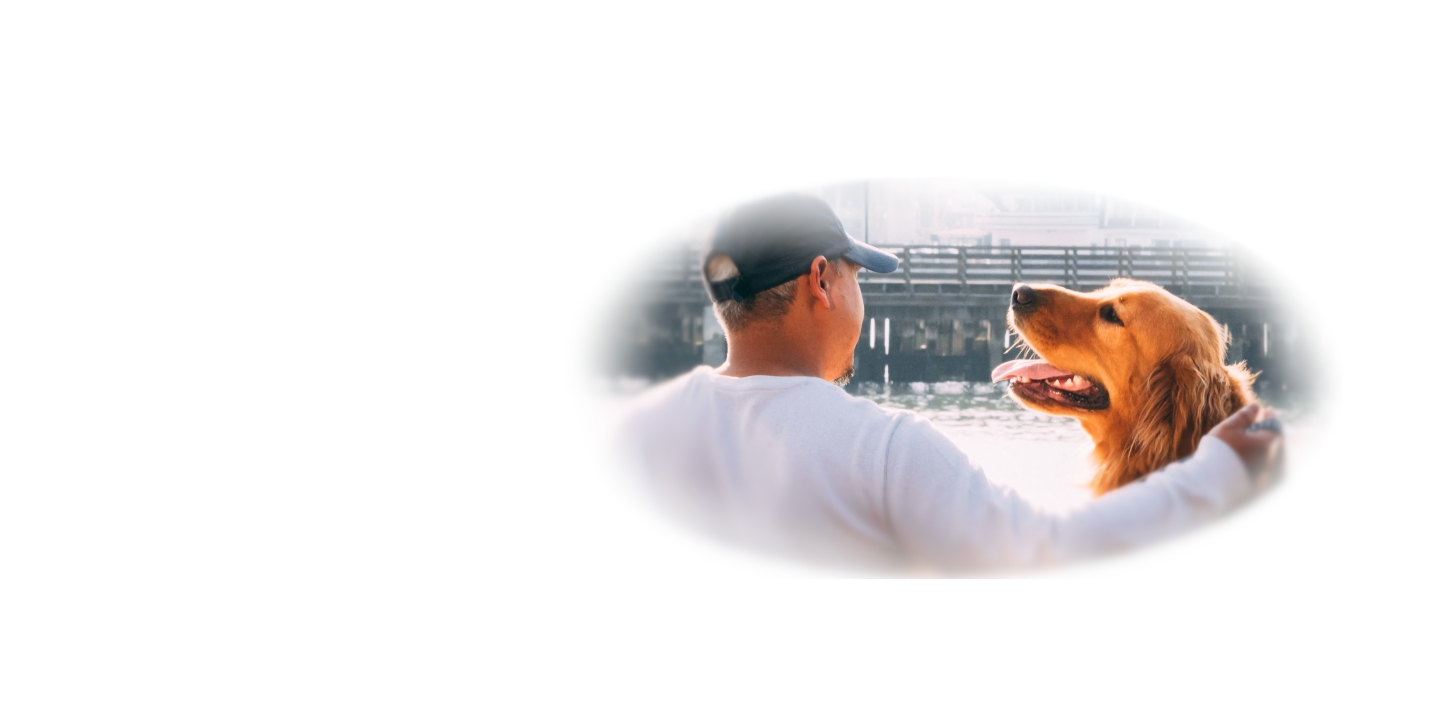Giardia: Infection, treatment and prevention
Overview
Giardiasis is a common parasitic infection that can cause diarrhea in dogs. It is caused by an intestinal parasite called Giardia, which can be found in feces-contaminated soil, food and water.
Some dogs infected with Giardia may not show any signs of infection, but younger dogs or dogs with weakened immune systems are more likely to experience symptoms. It is very easy for dogs to reinfect themselves with Giardia, so successful treatment relies on effective anti-parasitic medications, cleaning and managing the surrounding environment — both indoors and outdoors.
Causes
Dogs get Giardia from ingesting feces-contaminated water, soil, food or objects. Giardia has two forms: trophozoites, which live in the intestines of infected dogs, and cysts, which are trophozoites protected by an outer shell and that get shed in the dog’s stool.
Cysts are hardy and can survive in the surrounding environment for months. They are instantly infectious, and just a few ingested cysts can cause infection. A dog could easily get reinfected by grooming themselves, for example, if cysts remain on their fur, paw pads or hind end.
Clinical signs
Patients will often be asymptomatic and still have a normal appetite and energy levels. In severe cases, dogs may experience lethargy, decreased appetite or weight loss.
The most common clinical signs of Giardiasis include:
-
Acute or sudden diarrhea
-
Soft or watery stool with mucus and a foul odor
-
Abdominal discomfort
Diagnosis
To diagnose giardiasis, your veterinarian will need to examine a stool sample. Because Giardia cysts can be shed intermittently in the stool, they might not be seen on a single stool sample.
Your veterinarian may perform a second fecal test that is unaffected by the intermittent cyst shedding to look for other signs, such as Giardia-specific antigens, which are small proteins produced by the parasite.
Treatment
The goal of treatment is to resolve diarrhea and other clinical signs. Dogs without symptoms may not require treatment.
-
Medication
-
Fenbendazole is a common deworming medication used to treat Giardia.
-
Another treatment option is an antibiotic called metronidazole.
-
Your veterinarian may also use the two medications in combination.
-
-
Diet
-
Your veterinarian may prescribe a diet that supports digestive health to help resolve diarrhea.
-
-
Bathing
-
Dogs should be fully bathed on the last day of treatment to remove fecal material and any remaining Giardia cysts in the dog’s fur.
-
-
Cleaning
-
Common household disinfectants and steam-cleaning are the most effective ways for killing Giardia cysts.
-
Remove and dispose of all feces promptly.
-
Giardia cysts on the lawn can only be killed by direct sunlight drying them.
-
Outcome
With proper treatment, most dogs fully recover from giardiasis.
If diarrhea continues after treatment, your veterinarian may need to recheck a stool sample to see whether your dog has been reinfected. Retesting for antigens is not recommended because Giardia antigens can remain present after an infection has been successfully treated, which may result in false-positives on a test.
Dogs may become reinfected if their surrounding environment is not properly managed. Additionally, if the Giardia is resistant to the medication used or if the medication was not dosed properly, then refractory infections may also occur.
Zoonosis
Humans and other species can become infected with Giardia; however, the type of Giardia that normally infects humans differs from the type that infects dogs and cats. (Dogs and cats are also affected by different types of Giardia).
For this reason, it is rare for humans to get infected from a strain of Giardia that pets may carry and vice versa. Regardless, washing hands thoroughly with soap and water after handling pets or infected feces is always important.
Contagion
If there are multiple pets in the household, a dog infected with Giardia does not pose a risk to a healthy cat because the two species are vulnerable to different strains. Similarly, an infected cat does not pose a risk to a healthy dog.
However, an infected dog does increase the risk of exposing other dogs in the household to Giardia, due to the presence of cysts.
You can limit their risk by having them defecate in separate areas, by wiping the infected dog’s butt after defecating and by preventing them from grooming each other. Otherwise, continue to dispose of feces promptly, bathe the infected dog at the end of treatment and remember to wash your own hands after petting them and handling feces.

